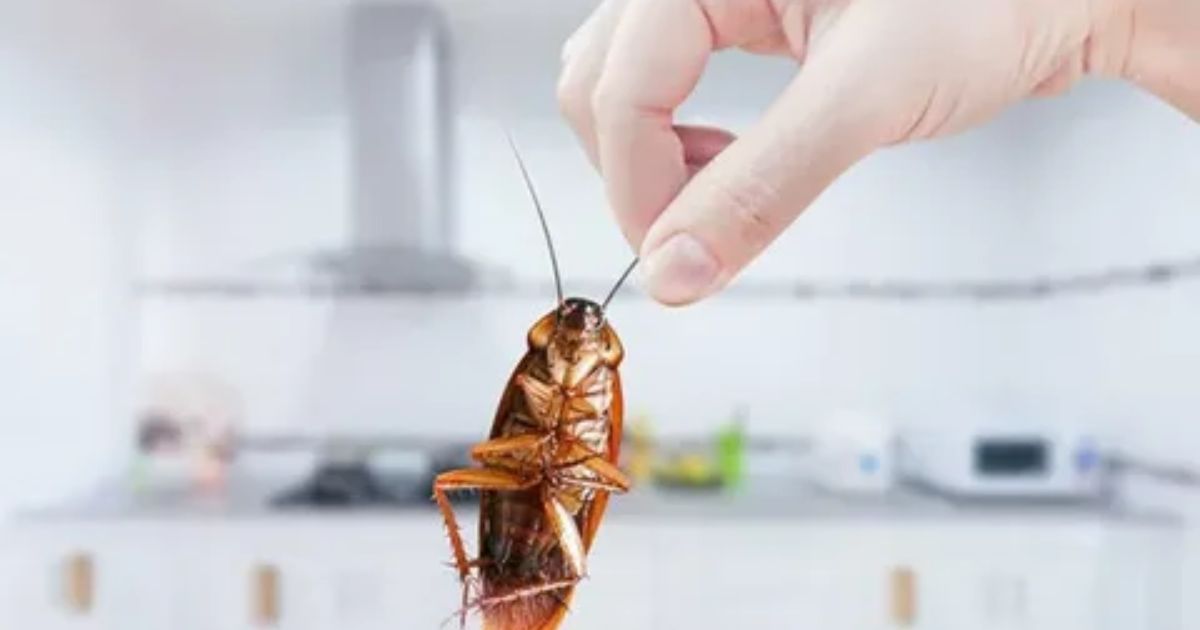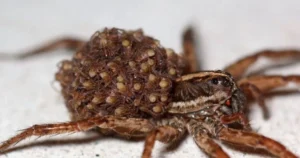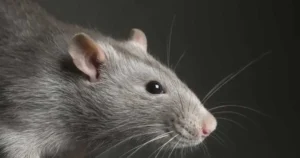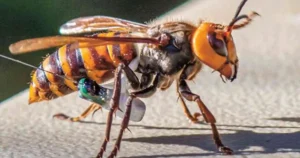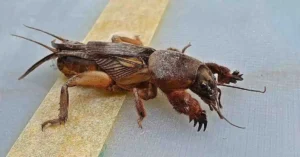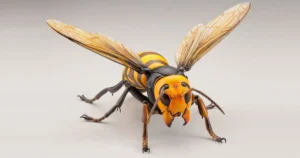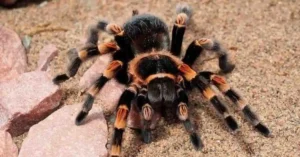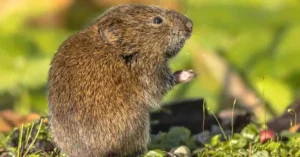Cockroaches are one of the most persistent and unwelcome pests in any home. While many people are familiar with the standard cockroach, the flying variety adds an extra level of distress. These winged pests can glide through the air, causing panic and discomfort in many homeowners. In this comprehensive guide, we’ll walk you through how to get rid of flying cockroaches effectively, the causes of their infestation, and steps you can take to prevent them from invading your space.
Understanding Flying Cockroaches
Flying cockroaches are not a different species from regular cockroaches; rather, they are typically the same species but with the ability to fly. These roaches often appear more threatening due to their gliding abilities, which allow them to suddenly swoop down or fly from one place to another.
Common types of flying cockroaches include:
- American Cockroach: One of the largest and most common flying cockroaches, often found in dark, moist areas.
- Brown-Banded Cockroach: Known for their ability to fly short distances and prefer warm, dry places.
- Smoky Brown Cockroach: These are active fliers, often found in warmer climates, and are attracted to light.
Despite their ability to fly, cockroaches are not very adept at sustained flight. They are more likely to fly when startled or during mating periods.
Why Do Flying Cockroaches Enter Your Home?
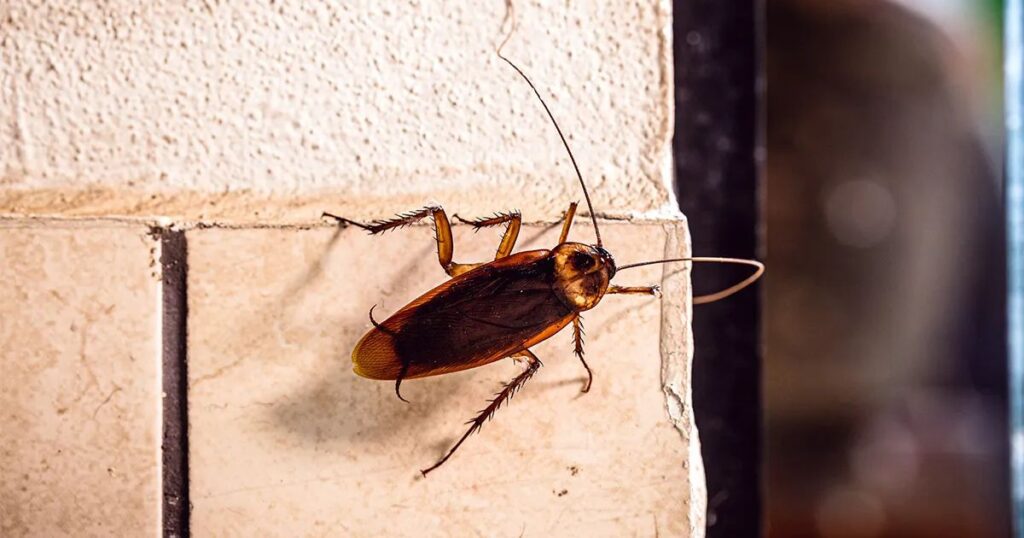
Flying cockroaches are often attracted to homes for the same reasons as regular cockroaches. Some of the main factors that invite them into your home include:
- Availability of Food and Water: Like all cockroaches, flying cockroaches are scavengers. They will enter your home in search of food sources, including crumbs, garbage, pet food, and spilled liquids. They are also drawn to moist areas, like bathrooms or kitchens, where they can access water.
- Warm and Dark Environments: Cockroaches prefer dark, warm places where they can hide during the day. If your home has lots of hiding spots in areas like basements, attics, or behind appliances, it may be more susceptible to an infestation.
- Entry Points: Flying cockroaches can easily enter your home through cracks, gaps in doors and windows, and vents. They are also known to fly in through open windows or doors when lured by light or food smells.
How to Prevent Flying Cockroaches from Entering Your Home
Preventing flying cockroaches from invading your space is the first line of defense. Here are some practical tips to make your home less inviting to these pests:
1. Seal Entry Points
Cockroaches can slip through the smallest of openings. To keep flying cockroaches out, check for gaps in your doors, windows, and vents. Use weatherstripping or caulk to seal these openings. Make sure that your windows and doors close tightly to prevent cockroaches from slipping in.
2. Remove Food and Water Sources
Flying cockroaches, like other pests, are attracted to food and water. To avoid an infestation, make sure your kitchen is spotless. Clean up crumbs, spills, and food packaging immediately. Store food in sealed containers, and regularly empty the trash. Fix any leaks and ensure that there are no standing water sources in your home.
3. Clean Up Hiding Spots
Flying cockroaches like dark, cluttered places to hide during the day. Clean areas such as under the refrigerator, behind appliances, and inside cabinets. Regularly vacuum and wipe down these spots to eliminate potential hiding places.
4. Use Mesh Screens on Vents and Windows
Install mesh screens or fine mesh netting on your vents and windows to prevent cockroaches from flying into your home. These screens will allow airflow while keeping the pests out.
Steps to Eliminate Flying Cockroaches in Your Home
If flying cockroaches have already made their way into your home, don’t worry! There are several methods to eliminate them effectively.
1. Bait Traps and Pesticides
Bait traps are a great way to capture flying cockroaches and eliminate them over time. These traps contain food that attracts cockroaches, along with a poison that kills them. Place these traps in areas where you have seen cockroach activity, such as under the sink, behind the refrigerator, or in dark corners.
Additionally, pesticides designed specifically for cockroaches can be used. However, be sure to follow the manufacturer’s instructions to ensure that the pesticide is used safely and effectively. Aerosol sprays or dusts can be applied directly to areas where cockroaches hide or travel.
2. Diatomaceous Earth
Diatomaceous earth is a non-toxic, natural substance made from the fossilized remains of algae. It works by dehydrating the cockroach’s exoskeleton and killing it. Sprinkle diatomaceous earth in areas where you’ve seen cockroach activity, such as cracks and crevices, and along walls. It’s safe for humans and pets but lethal to insects.
3. Boric Acid
Boric acid is another effective natural solution. It can be used in powder form and applied in cracks and crevices. Boric acid is toxic to cockroaches and can kill them by damaging their digestive systems. While it’s a slow-acting solution, it’s effective over time.
4. Essential Oils
Certain essential oils, such as peppermint and lavender, can act as natural repellents. Cockroaches dislike the smell of these oils, and using them in sprays can help keep them at bay. Mix a few drops of essential oil with water in a spray bottle and spray areas where cockroaches are likely to enter, like windowsills, doorways, and cracks.
When to Call a Professional Pest Control Service
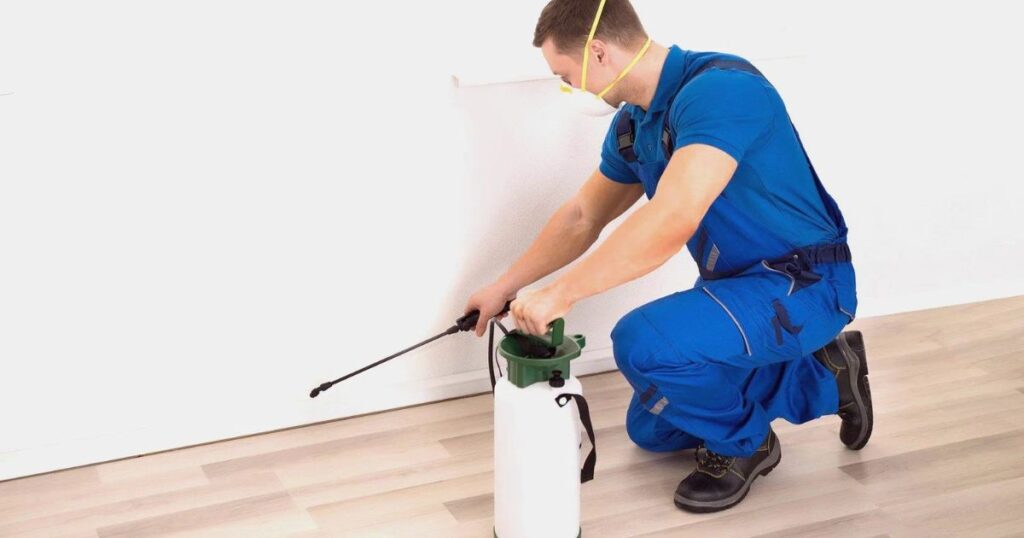
While DIY methods can be effective, there may come a time when you need professional help. If you have a severe infestation or if the methods mentioned above don’t seem to be working, a pest control expert can help you assess the situation and apply stronger treatments.
Professional pest control services have access to more potent solutions and can also help you identify any underlying causes of the infestation. They can provide advice on how to prevent future infestations and ensure that your home is safe from flying cockroaches.
Conclusion
Flying cockroaches are a frightening and potentially harmful pest, but with the right precautions and treatment methods, you can eliminate them from your home. Prevention is key, so focus on sealing entry points, keeping your home clean, and removing food and water sources. If you already have an infestation, use traps, pesticides, or natural remedies to control the population. If the problem persists, don’t hesitate to call a professional pest control service to help you get rid of these unwanted visitors for good.
FAQs
1. What attracts flying cockroaches to my home?
Flying cockroaches are attracted to food, water, and warm, dark environments. Reducing food sources, fixing leaks, and sealing cracks in your home will help deter them.
2. Are flying cockroaches dangerous to my health?
Yes, flying cockroaches can spread bacteria, viruses, and allergens, which can pose a health risk to humans, particularly in kitchens or areas with poor sanitation.
3. Can I eliminate flying cockroaches without pesticides?
Yes, natural remedies such as diatomaceous earth, boric acid, and essential oils can help eliminate cockroaches without the use of harsh chemicals.
4. When should I call a pest control professional?
If your infestation is severe or if DIY methods aren’t effective, it’s time to call a professional pest control service. They can apply stronger treatments and prevent future problems.

James William is a passionate animal lover and expert in the Animals and Pets niche. With years of experience in pet care, wildlife studies, and blogging, James shares practical tips, heartwarming stories, and expert advice to help pet owners build stronger bonds with their furry, feathered, and scaly companions.
